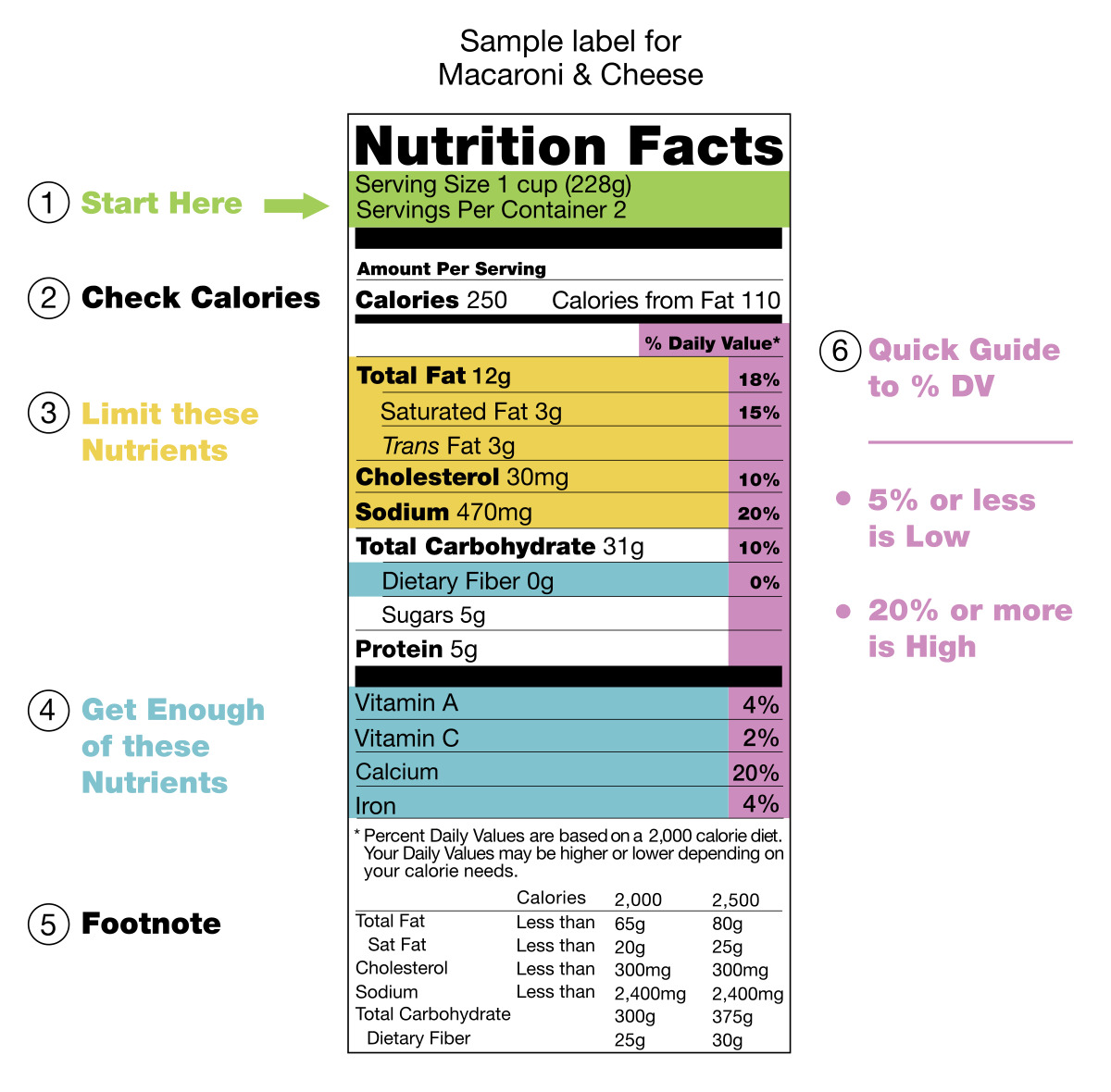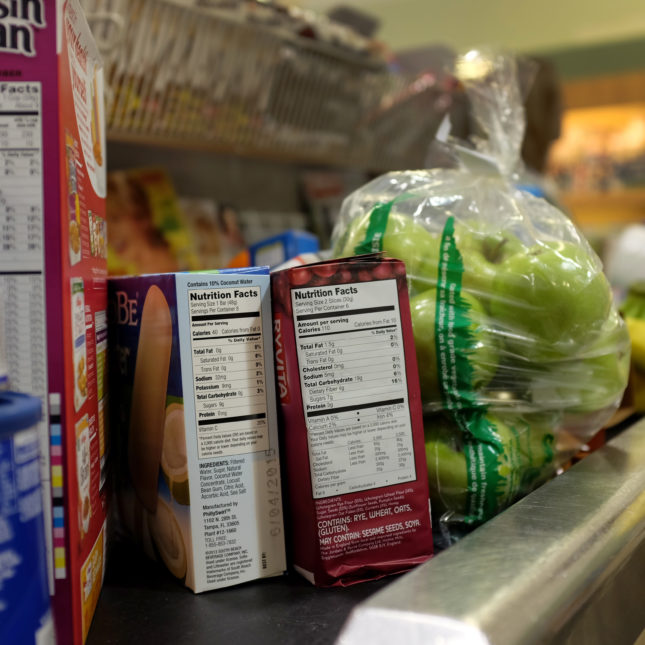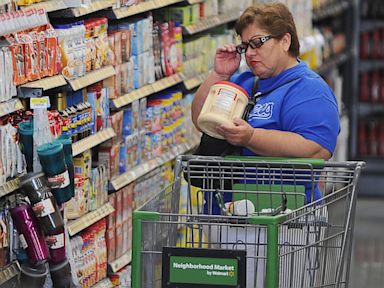Decoding Nutrition Labels: How to Spot and Avoid Added Sugars
Decoding Nutrition Labels: How to Spot and Avoid Added Sugars
Nutrition labels provide valuable information about the contents of food products, helping consumers make informed decisions about their diet. However, navigating these labels can be confusing, especially when it comes to identifying added sugars. Consuming excess added sugars can lead to numerous health issues, including obesity, type 2 diabetes, and heart disease. In this article, we will discuss how to read nutrition labels to spot added sugars and make healthier food choices.
Understanding Nutrition Labels
Before we dive into identifying added sugars, it is essential to understand how to read a nutrition label. The nutrition facts label provides detailed information about a food product's macronutrient content, including calories, total fat, protein, and carbohydrates. The label also provides information about micronutrients, such as vitamins and minerals.
Identifying Added Sugars
While nutrition labels list the total amount of sugars in a food product, they do not distinguish between naturally occurring sugars and added sugars. Added sugars are those that are added to a product during processing or manufacturing. These sugars can take many forms, including high fructose corn syrup, sucrose, and processed sugars.
To identify added sugars, look at the ingredients list on the food label. Added sugars are often disguised under various names, so be on the lookout for terms such as cane sugar, dextrose, maltose, and syrup. If one of these terms is listed near the top of the ingredients list, it is a good indication that the product contains a significant amount of added sugars.
Choosing Foods with No Added Sugars
Consuming foods with no added sugars is one of the best ways to reduce your sugar intake and improve your overall health. When shopping for food, look for products that have "no added sugar" or "unsweetened" on the label. These products may still contain natural sugars, such as those found in fruit or dairy, but they do not have any added sugars.
Why Does it Matter?
Added sugars provide calories but no nutritional value, leading to an increased risk of obesity and other health issues. Consuming too much sugar can also lead to a "sugar crash" and feelings of lethargy, leading to a decrease in productivity and energy levels. By identifying and reducing added sugar intake, individuals can improve their overall health and well-being.
How Much is Too Much?
The American Heart Association recommends limiting added sugar intake to no more than 6 teaspoons per day for women and 9 teaspoons per day for men. However, studies show that the average American consumes around 17 teaspoons of added sugar per day. By being mindful of added sugar content and making conscious choices about what they eat, individuals can reduce their sugar intake and improve their health.
Tips for Reducing Added Sugar Intake
Using a Nutrition Label Maker
If you want to take your nutrition label reading to the next level, consider using a nutrition label maker. These tools allow you to input a food product's information and receive a detailed breakdown of its macronutrient and micronutrient content. This can be especially helpful for individuals who are tracking their sugar intake and want to ensure they are not consuming excess added sugars.
Nutrition labels are an essential tool for making informed food choices and understanding how to spot added sugars is crucial for maintaining a healthy diet. By reading the ingredients list and choosing foods with no added sugars, individuals can reduce their sugar intake and improve their overall health. Consider using a nutrition label maker for a more detailed breakdown of a food product's contents. By being proactive in reading nutrition labels, individuals can take control of their health and make informed choices about what they eat.
Might be interesting -Mastering Your Hunger: Effective Strategies To Prevent Overeating and Stop Binge Eating




